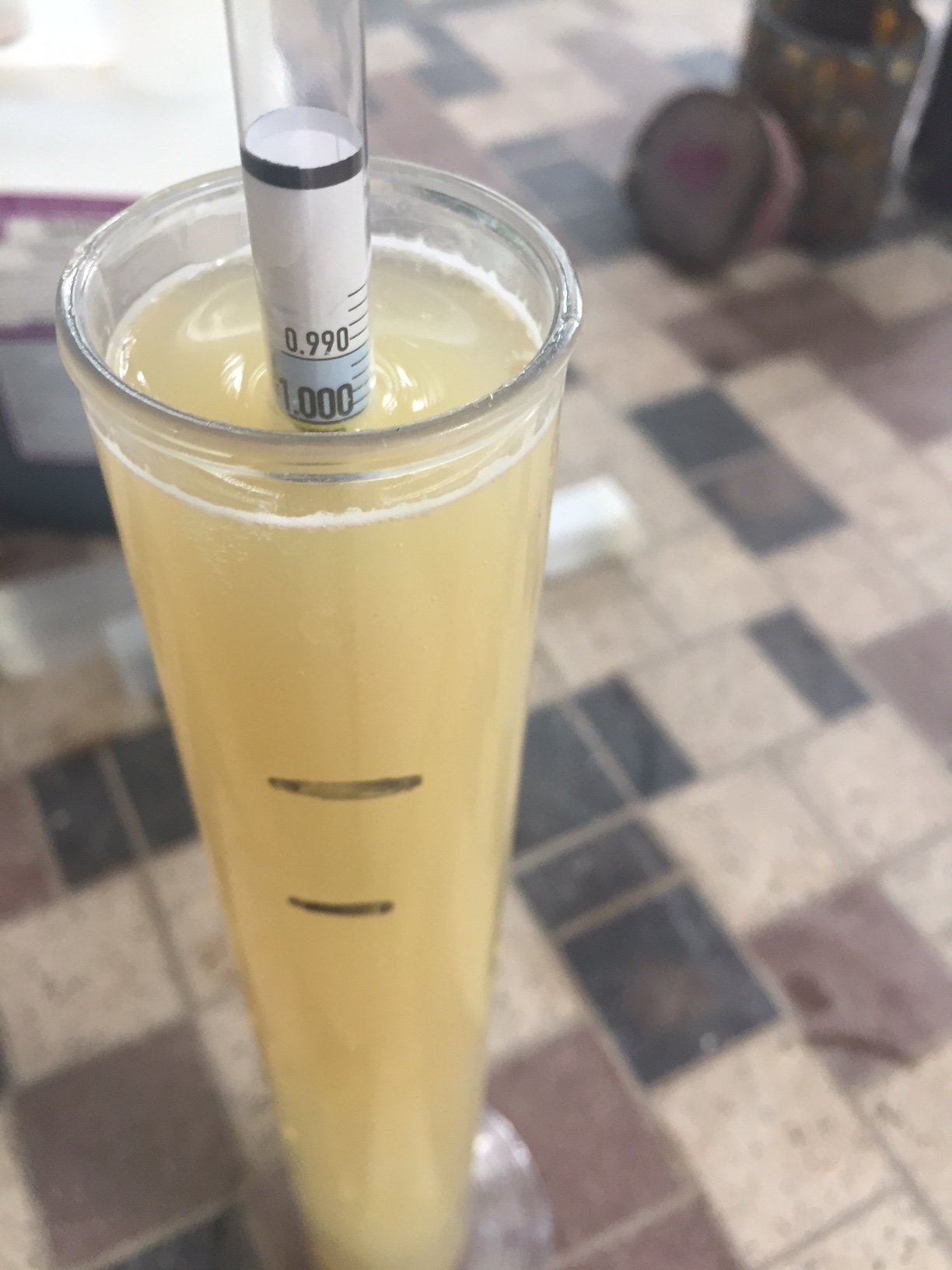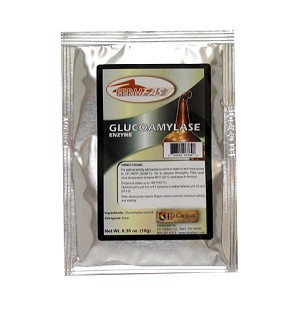Fellas, I brewed this one Sunday morning...
42% 2-Row
42% Pils
16% Flaked Corn (first time using flaked corn, looked like corn flakes in the bag!)
0.5oz Nugget @FWH
1.5oz each Citra/El Dorado @WP (20m, 160*)
1.5oz each Citra/El Dorado @DH1
1.5oz each Citra/El Dorado
@DH2
US-05
Mashed at 148, 1 hour. Boiled 1 hour (I never boil pils longer than 60m)
OG: 1.052
I used the FermFast glucoamylase, 10g in the package. I added 3g during my sparge (sparged with room temp water, so temps not an issue). Then I proceeded with the boil and whirlpool, and added the remainder of the package during chilling once my temps hit about 130*. Chilling is painfully slow for me, so it got good contact time in the kettle, and then carried through to the fermenter. Hit it with oxygen, pitched two packs of 05. Got some nice krausen Monday morning. Added my first dry hop last night. Even though this is not a New England, I've been becoming more and more pleased with early dry hopping for biotrans. And then the second dry hop either at the end of fermentation about 48 hours before crashing and kegging,
OR I'll do the second dry hop in the keg. Haven't decided yet. Holy cow this was definitely the palest wort I've ever brewed. I'm a little anxious about the enzyme I used. It says one package is plenty for a 5 gal batch. I'm just anxious because I only added about 2/3 of the packet post-boil (the 3g I added earlier were obviously denatured in the boil). But I suppose I could always add more to the fermenter if necessary. I'm fermenting this one in my Fermonster, with a spigot, so I can easily take hydro samples without opening it up. I guess I'll watch gravity and see how it's progressing?




![Craft A Brew - Safale BE-256 Yeast - Fermentis - Belgian Ale Dry Yeast - For Belgian & Strong Ales - Ingredients for Home Brewing - Beer Making Supplies - [3 Pack]](https://m.media-amazon.com/images/I/51bcKEwQmWL._SL500_.jpg)
























































